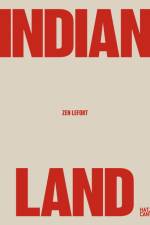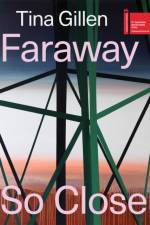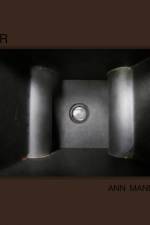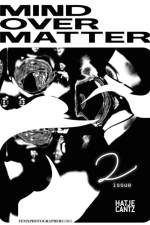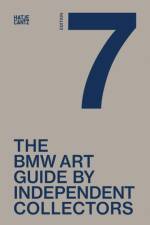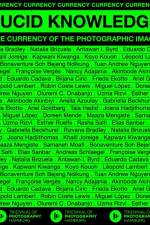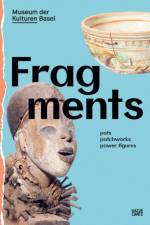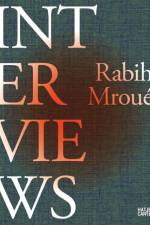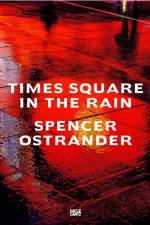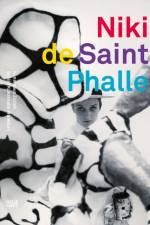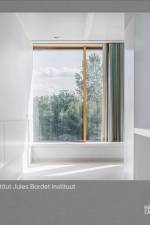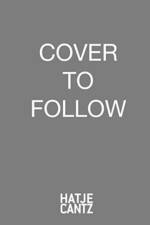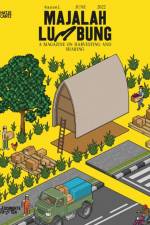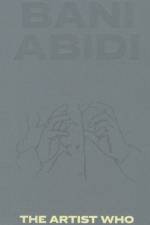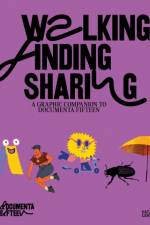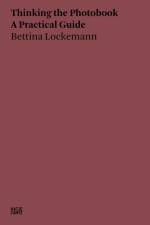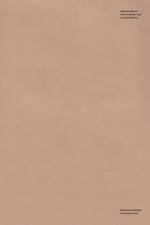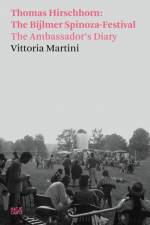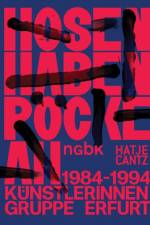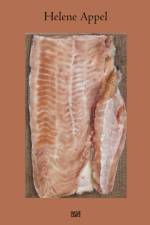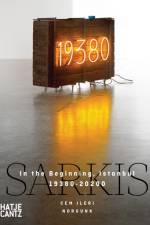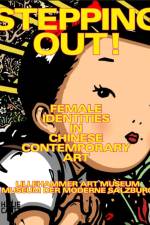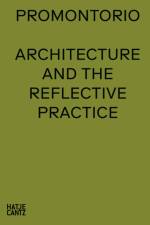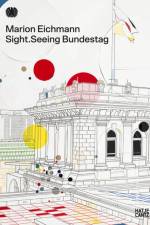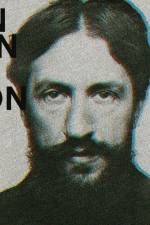397
A leading voice in Lebanon's cultural diaspora, Rabih Mroué's acclaimed body of work addresses the contested memory of historical events that include the Lebanese civil war, the Arab Spring, and the Syrian Revolution. Spanning theater, art, and literature, his diverse oeuvre is situated at the intersection of personal and political imaginaries, media critique, and concepts of authorship: through scripted conversations, confessions, reports, and questions, Mroué ceaselessly interrogates ways of speaking. Published on the occasion of his receipt of the Ernst Schering Foundation's Prize for Artistic Research in 2020, this anthology illuminates Mroué's work of the past 20 years through 20 interviews. New interviews and an introductory essay by the curator Nadim Samman draw a portrait of the artist.RABIH MROUÉ, (*1967, Beirut) is an actor, director, playwright, visual artist, and co-founder of the Beirut Art Center. Living and working in Berlin, he currently is an associate director of Kammerspiele Munich. Internationally acclaimed, he has had solo exhibitions at MoMA New York (2015), SALT, Istanbul (2014), documenta 13, Kassel (2012), as well as major group exhibitions at the Institute of Contemporary Art Boston (2018) or Haus der Kulturen der Welt, Berlin (2017).

